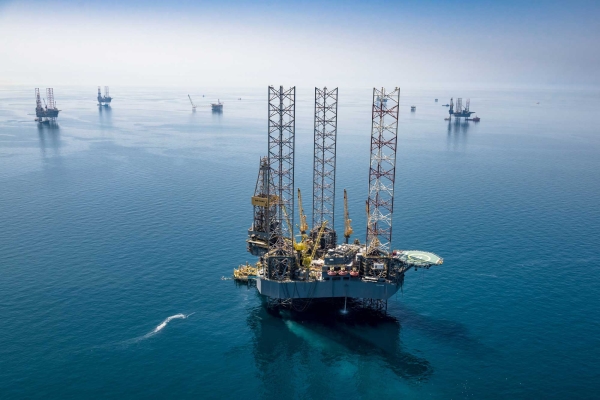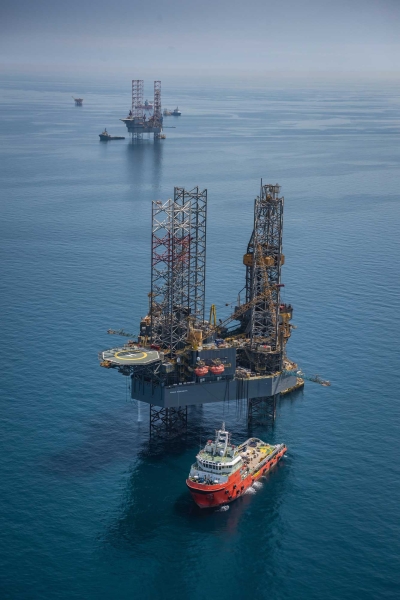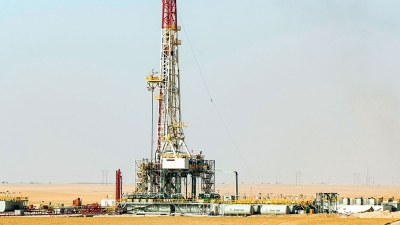

The Hasbah Field is an offshore field that includes some of the world's most productive gas platforms. It is named after a type of pearl, which is known by many names like Dana. Alongside the Arabiyah Field in the Arabian Gulf, located 150 km northeast of al-Jubayl Industrial City, they produce more than 40 percent of the non-associated gas from offshore fields, supplying it to the Wasit Gas Plant.
Discovery of Hasbah field
The Hasbah Field was discovered in 2008 and is the last field in the series of three major discoveries in the Khuff formation in the offshore area of the Arabian Gulf. Gas production began in October 2015 to supply the Wasit Gas Plant, and its production rate reached two billion ft³ of non-associated gas per day. Through this field, the company plans to meet the local demand for gas amid its intensive efforts for strategic transformation to align with Saudi Vision 2030, and to develop conventional and unconventional gas resources in the Kingdom to achieve diversification in the national economy.
In 2017, Saudi Aramco achieved an unprecedented rate for total raw gas processing, supported by production from the Hasbah Field. This contributes to reducing local dependence on liquid fuels for electricity generation, providing more crude oil for export, as well as value-added products.
Expansion of Hasbah Field production
As part of the production expansion efforts, eight gas production platforms were established in the Hasbah Field. The gas flows from these platforms to the first tie-in platform, then to the pipelines at the Wasit Gas Plant, and to the second tie-in platform to supply the Fadhili Gas Plant. Saudi Aramco is also working on expanding the production of the Hasbah Field to support the Fadhili Gas Plant, which has a total daily processing capacity of 2.5 billion ft³ of non-associated gas, including two billion ft³ from the offshore Hasbah Field and five hundred million ft³ of non-associated gas from the onshore Khursaniyah Field.
Saudi Aramco plans to nearly double its gas supplies to more than twenty billion ft³ per day, aiming for gas, the least polluting fuel, to constitute more than 70 percent of the fuel mix used in utilities, one of the highest percentages in the world.
Hasbah Field development
The development of the Arabiyah and Hasbah fields is Saudi Aramco's second project of its kind for extracting non-associated gas in offshore areas, following the Karan Field.
The two fields were developed based on the single-wellhead concept over a large tie-in platform, strategically established throughout the field as production platforms to enable vertical drilling. The production of non-associated gas from the Arabiyah and Hasbah fields is processed at the Wasit Gas Plant, which is located ten km southeast of the Khursaniyah Gas Plant. The facilities at the Wasit Gas Plant are designed to process 2.5 billion ft³ per day of sour gas from the non-associated gas fields of Arabiyah and Hasbah.
Hasbah Field facilities
The Hasbah Field facilities include eight offshore gas production platforms, which are among the biggest in the world. Each well has a production capacity of 350 million ft³ of non-associated gas per day, which is exceptional on a global scale. Additionally, the pressure at the wellhead reaches ten thousand PSI, an unprecedented figure globally. The gas is produced from the seven platforms in the Hasbah Field, directed towards the tie-in platform, and then transported through pipelines, each with a diameter of thirty-six in, to the Wasit Gas Plant.
Related quizzes


